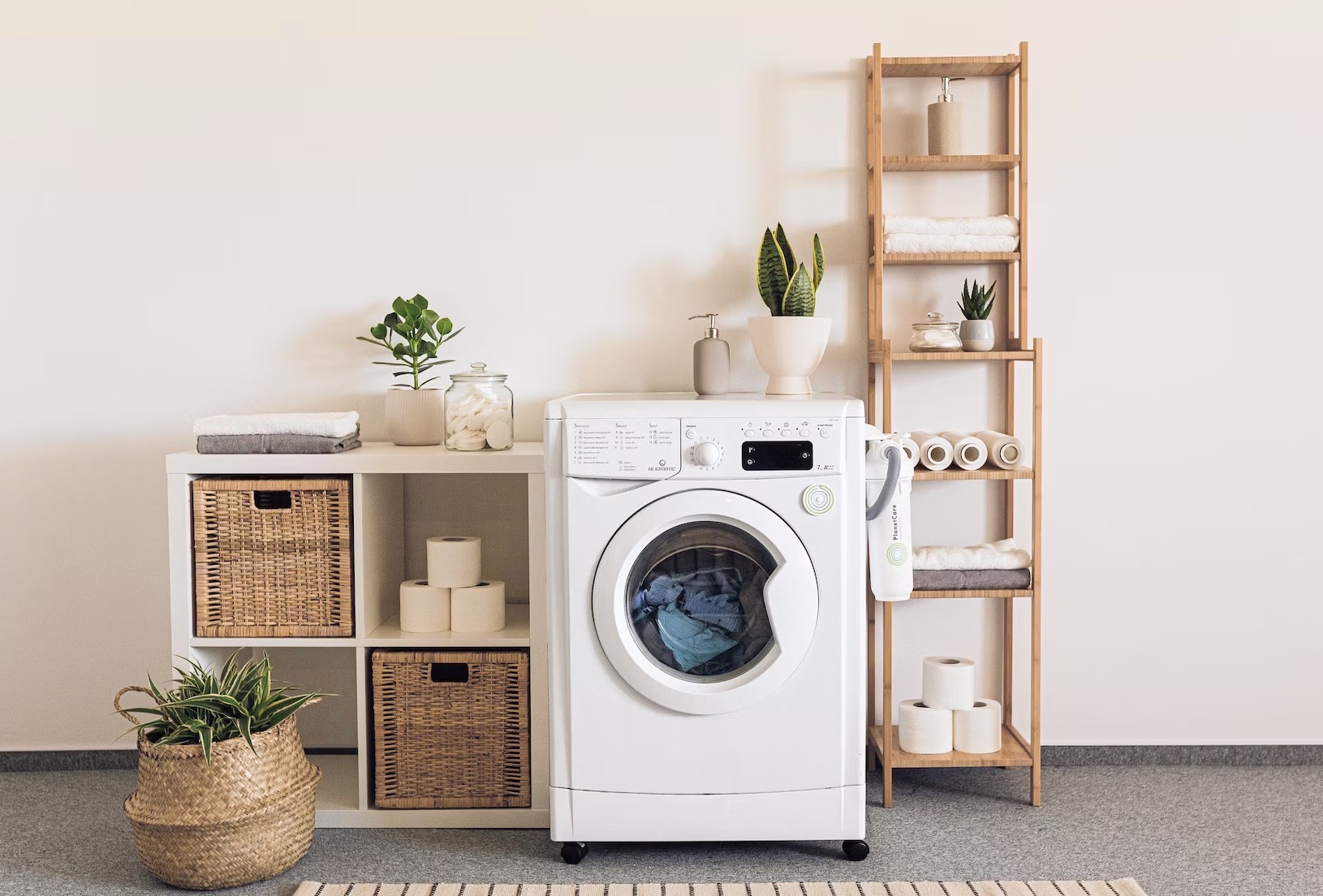
06 Apr Dealing with Washing Machine Leaks and Water Damage in Your Home
A washing machine is an essential appliance in many households, but it can also be a source of water damage. If you experience a washing machine leak, it’s important to act quickly to prevent further damage to your home. In this blog, we’ll discuss new ideas and advice on how to deal with washing machine leaks and water damage in your home.
Turn off the Power
If you notice a washing machine leak, the first thing you should do is turn off the power to the appliance. This will help prevent any electrical shock or damage to the machine. If the water is close to any electrical outlets or cords, make sure to turn off the power to those as well.
Turn off the Water Supply
The next step is to turn off the water supply to the washing machine. This will prevent any additional water from flowing into the machine and causing more damage. Most washing machines have a shut-off valve near the water supply line that you can turn off to stop the flow of water.
Clean up the Water
Once you’ve turned off the power and water supply, the next step is to clean up any standing water. Use a mop, towels, or a wet/dry vacuum to remove as much water as possible. If the leak has caused significant water damage to your home, you may need to contact a professional water damage restoration company to handle the cleanup and restoration.
Identify the Cause
After you’ve cleaned up the water, it’s important to identify the cause of the leak. Common causes of washing machine leaks include loose or damaged hoses, a faulty pump, a broken or clogged drain, or a damaged or worn out washing machine tub. Once you’ve identified the cause, you can determine the best course of action to fix the problem.
Repair or Replace the Machine
Depending on the severity of the leak and the age of your washing machine, you may need to repair or replace the appliance. In some cases, a simple repair, such as replacing a damaged hose or pump, may be enough to fix the problem. In other cases, you may need to replace the entire machine.
Prevent Future Leaks
To prevent future washing machine leaks and water damage, there are a few steps you can take. First, make sure to check your washing machine hoses regularly for signs of wear or damage and replace them as needed. It’s also a good idea to install a floor pan or tray underneath the washing machine to catch any leaks or spills. Finally, consider installing a water leak detection system, which can alert you to any leaks and help prevent water damage.
In conclusion, dealing with washing machine leaks and water damage in your home can be a stressful experience, but it’s important to act quickly to prevent further damage. By turning off the power and water supply, cleaning up the water, identifying the cause of the leak, repairing or replacing the machine, and taking steps to prevent future leaks, you can protect your home and your washing machine. If you’re unsure how to handle a washing machine leak, or if the damage is severe, don’t hesitate to contact a professional for assistance.

